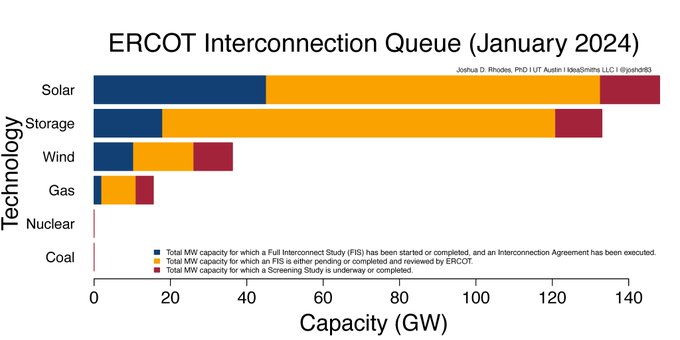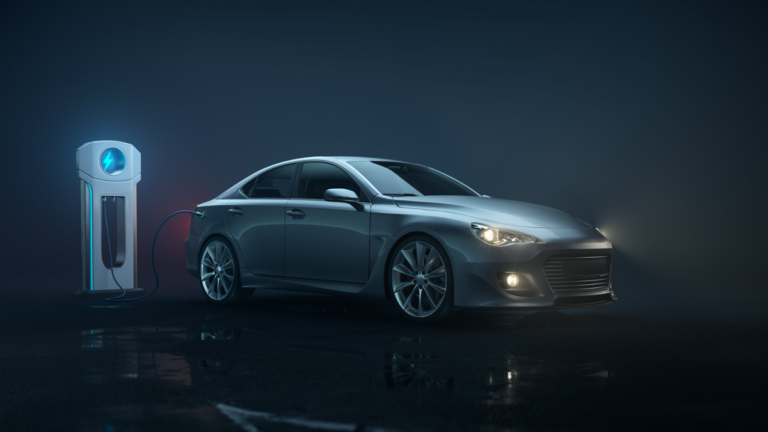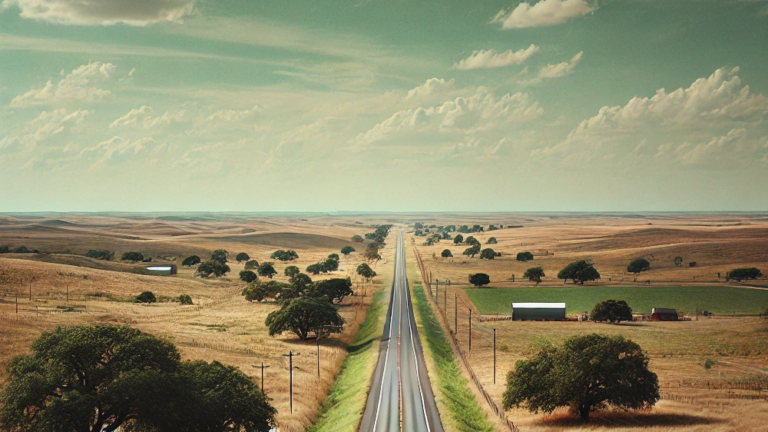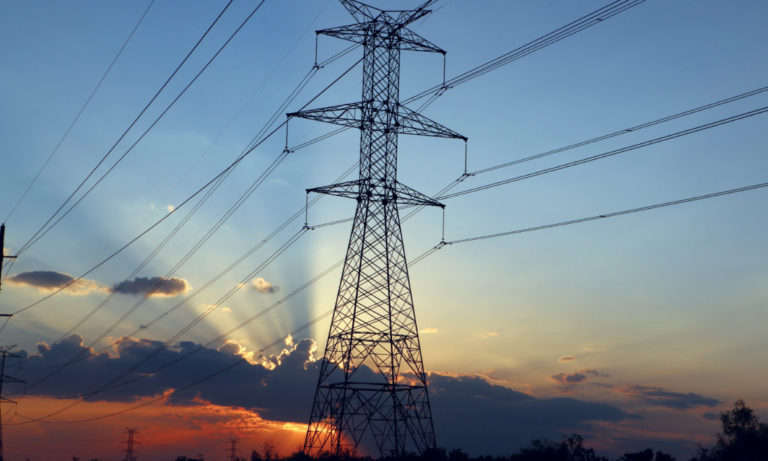November 7, 2024
By Scott Hinson, chief technology officer, Pecan Street
This series examines some of the biggest challenges facing the Texas grid and how they extend far beyond our state border. If you didn’t read the first two installments, pause and take a few minutes to catch up on Part I and Part II.
America has an unhealthy relationship with energy. That’s especially true in Texas.
More is good. Increased energy use is an indicator of more economic activity and a high quality of life. There is electricity embedded in almost everything we use and consume. More energy use makes energy companies more money and creates more energy jobs. Governments and landowners reap massive royalties when we extract more resources from the ground. And more has always been available. We drill more, refine more, and sell more. This “fossil fuel” thinking is not only unhealthy and expensive, but it’s contrary to how we think about nearly everything else, where new approaches and technologies are rewarded and celebrated.
First, oil, natural gas, coal and their derivatives present unquestionable environmental and human threats. They endanger the people who extract and produce them. They devalue and threaten the health of communities where they’re produced, stored and used. When used, they cause local air pollution, which has direct health impacts. And they’re warming the climate. Technology has reduced many fossil fuel impacts, but eventually, a truly clean fossil fuel doesn’t exist.
Separate and apart from the actual fuel used to create most electricity in Texas, fossil fuel thinking permeates how we think about balancing supply and demand, how we expand and improve the grid, how we charge for energy use, what our taxes support, and more.
Supply Over Demand Every Time
Critics of wind power, solar energy, energy efficiency and demand management always say these strategies will never fully meet Texas’ electricity needs. That’s not the point, especially if we’re talking about strengthening the grid by balancing supply and demand. Whether within the electricity industry or with energy customers, we have barely scratched the surface of what an aggressive investment in energy efficiency measures or demand response technology could do to reduce demand growth – i.e., the amount of electricity we need to generate.
Fossil Supply Over Everything Else (Every Time)
Despite the catastrophic failure of natural gas power plants during Winter Storm Uri, fossil fuel electricity generators are still considered more reliable than other electricity solutions, be it solar, wind, batteries, demand response, etc. The state’s biggest solution to Uri was a multi-billion dollar investment in….more gas plants. It didn’t mandate utilities to deploy existing technology that could more precisely shed load during state-wide crises. It didn’t invest in distributed generation technologies that decrease our reliance on individual power plants. It didn’t incentivize residential solar + storage, which would provide homeowners with some level of electricity service during massive outages, or residential weatherization upgrades. Texas’ answer to nearly every electricity question is more fossil fuel plants. To perhaps a lesser extent, it’s also the approach in other parts of the country.
It’s Not About Cost
The cheapest kilowatt is the one you never have to use or generate. This makes energy efficiency, demand response and other demand-side management solutions among the smartest financial decisions we could make.
Several years ago, fossil fuel thinkers would have been right to say that renewable and other “new” energy solutions are more expensive than coal or natural gas electricity. (Of course, the human and environmental costs of burning toxic fuel have never been included in their math.)

But wind and solar are now cheaper than fossil fuel electricity, even without those external costs. Energy storage costs more today, but as all highly adopted technology does, that price is dropping rapidly. And it will drop faster the more we invest in and deploy it. You only have to look at the ERCOT interconnection queue and the types of energy recently connected to ERCOT to understand the market has already spoken. Yet Texas has barely invested in it or seriously considered it a 5-, 10- or 20-year solution. The cheapest forms of energy are the ones being proposed and built. Right now, the ratio of renewables to fossil fuel is 15:1. There are more than 300 GW of renewables in the interconnection queue to 25 GW of fossil fuel sources. And all of the fossil fuel generation is natural gas (there is no coal in the interconnection queue).
A New Plan, Driven by Proven Approaches
Fossil fuels haven’t just driven our machines, air, climate and communities, they’ve driven our entire approach to electricity supply, demand and resource planning. But we have the tools to break out of fossil fuel thinking and into a smarter, cleaner, more resilient and economical approach.
The most fundamental ingredient of this new thinking is a plan that will prepare the grid for the next 10-20 years. I’ll outline some suggestions next time.


















